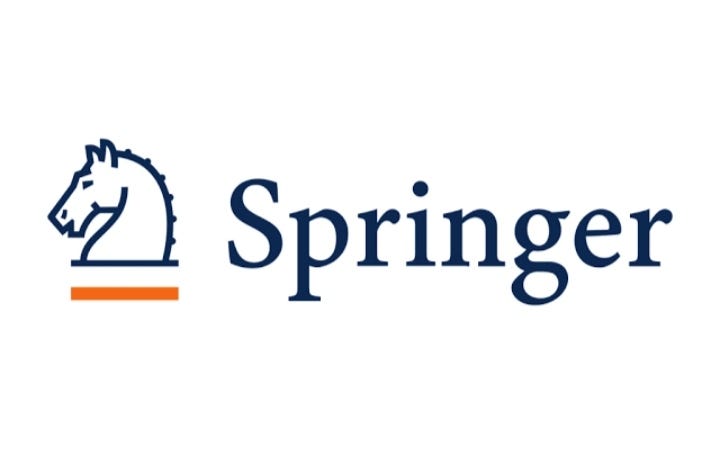This article examines how partisan alignment influences voter turnout. Focusing on redistricting processes, it explores the mechanisms through which aligning districts with party preferences affects electoral participation.
The core argument is that partisan competition drives higher engagement among citizens. Using data primarily collected across various US States during recent election cycles allows for robust analysis of this phenomenon.
Key findings reveal a clear correlation between competitive elections and increased voting rates. This pattern emerges particularly during redistricting periods when the stakes feel higher for voters to participate. The study suggests that citizens respond more strongly to electoral incentives in such contexts.
The implications highlight how political representation strategies might unintentionally shape democratic participation levels across different regions or timeframes.







